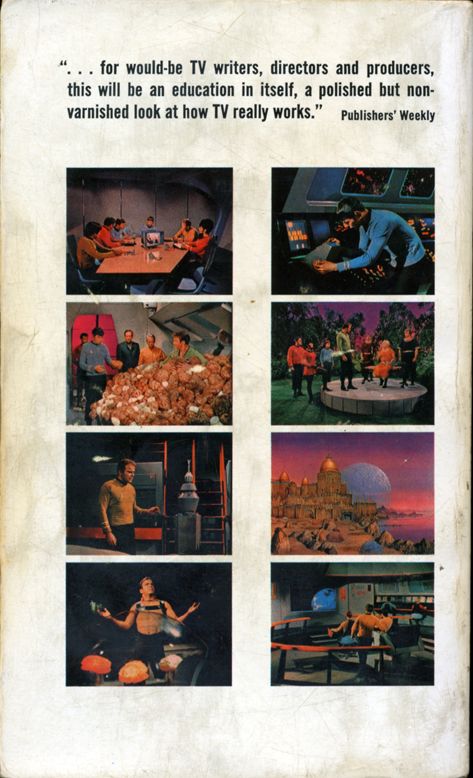The Making Of Star Trek (by Stephen E. Whitfield) was once akin to a "holy bible" for fans. This was perhaps the first behind-the-scenes look at the making of a popular television, but it was also a well of information for the characters, hardware and tech and setting of the series.
Back in the day it was gold and could often be considered authoritative.
But time has marched on and now decades later many other reference and behind-the-scenes books have come along--some of them debunking myths once accepted as fact as printed in TMoST.
Nonetheless TMoST still has value in showing much of the thinking that went into the show back in the day. And it has an advantage in being written while TOS was still in production. And I'm reasonably sure that many fans, like me, still have a soft spot for this book. I still have my paperback copy on my bookshelf (alongside my other Trek books).
But has anyone recently read or reread this book?
I'm thinking of doing so since although I do refer to it once in awhile it's been many years since I've actually read it cover-to-cover.
Back in the day it was gold and could often be considered authoritative.
But time has marched on and now decades later many other reference and behind-the-scenes books have come along--some of them debunking myths once accepted as fact as printed in TMoST.
Nonetheless TMoST still has value in showing much of the thinking that went into the show back in the day. And it has an advantage in being written while TOS was still in production. And I'm reasonably sure that many fans, like me, still have a soft spot for this book. I still have my paperback copy on my bookshelf (alongside my other Trek books).
But has anyone recently read or reread this book?
I'm thinking of doing so since although I do refer to it once in awhile it's been many years since I've actually read it cover-to-cover.
Last edited:





